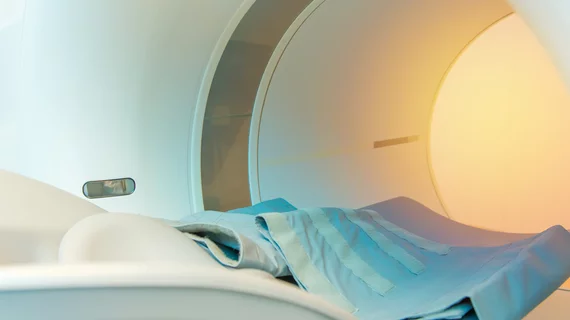How to reduce radiation exposure to the breast during CT scans
Organ-effective modulation (OEM) can reduce radiation exposure to the breast by more than 12% without affecting image quality, according to new findings published in the European Journal of Radiology. The study specifically focused on how OEM can impact care for Asian patients.
“As OEM is affected by body habitus, there is a possibility that the effect of radiation reduction differs between Asians and Westerners,” wrote Joji Ota, department of radiology at Chiba University Hospital in China, and colleagues. “The purpose of this study was to measure breast dose in phantoms and in Asian patients and to clarify the effect of OEM’s breast exposure reduction with image quality evaluation by radiologists.”
The team explored data from 60 randomly selected patients who underwent non-contrast chest CT following breast cancer surgery. An optically stimulated luminescence dosimeter was attached to the gown of 30 patients. Patients were selected during two three-month periods, November 2015 to January 2016 and April to June 2016, and patients who underwent a bilateral mastectomy were excluded.
Overall, the OEM group received 9.1 ± 1.9 milligray (mGy) and the non-OEM group received 10.7 ± 2.4 mGy. During the phantom portion of the research, reductions ranged from 3.2% at −90° and 28.7% at −30°. While “no significant difference” was noted in the image quality for the 60 patients, “a significant difference” was observed in the quality of the OEM and non-OEM phantom images.
During the phantom portion of the research, it was also noted that a greater subject thickness was associated with a greater reduction in radiation exposure.
“The dose reduction depended on the subject thickness and the maximum dose reduction of 34% was observed using the maximum phantom diameter of 32 cm,” the authors wrote. “As the subject thickness became smaller, the dose reduction effect was lower. This should be because tube current control of the device technically becomes difficult as tube current becomes lower.”
Ota et al. concluded that OEM is “a useful mechanism for reducing radiation exposure to the breast,” adding that providers should be cautious when imaging Asian patients “because the dose reduction rate is decreased in patients with small body habitus.”

